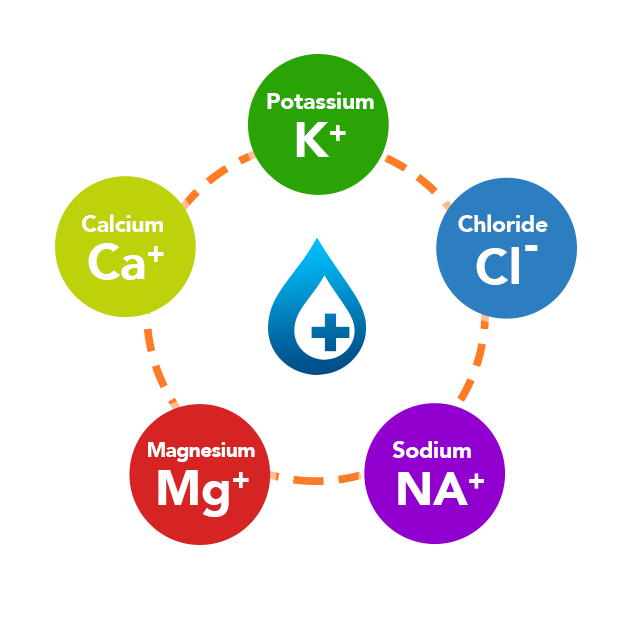What is VASO6™?
VASO6™ is an advanced oligomer, in the form of a botanical extract of green tea, specifically characterised by fractions and peaks, which significantly increase the production of Nitric Oxide within the body. This causes vasodilation of the blood vessels.
Unlike other green tea extracts, VASO6™ is a patented proprietary green tea oligomer containing levels of specific vasodilating catechins that have been clinically studied and have been proven to increase vasodilation by 50% (1). Clinical trials have shown that consuming 300mg of VASO6™ can result in up to 50% vasodilation (1), while 7g of Arginine, a well know vasodilating ingredient, only results in 5% vasodilation (2).
Green Tea contains fractions A to G, which were isolated (into phenolic acids, catechins and proanthocyanins), and then tested for their vasodilation properties by separating them further and testing for any peaks in activity. The compounds exhibiting the most vasodilating activity were proanthocyanin trimers, tetramers, pentamers, and polymers and their gallates, as well as a dimer gallate. It is these more influential fractions that have been isolated and harnessed by VASO6™, allowing you to create more Nitric Oxide. Similar studies have also shown that short-term ingestion of these extracts improve vasodilation in humans (3).
VASO6™ being a gallate-enhanced oligomer really does make it a superior ingredient for use pre-workout. The gallates within it have been clinically shown to promote the greatest vasodilation activity and has even been granted a patent for this result.
How does it work?
Endothelial cells line the inside of blood vessels. Endothelial-dependent relaxation by means of nitric oxide is what we’re trying to achieve. When the blood vessels relax, they widen, allowing more blood to flow to the muscles. Blood delivers everything in terms of nutrients, amino acids etc to the muscles, so the easier the delivery, the better the result.
The Nitric Oxide that we want to be produced is done so by activating the enzyme eNOS (4). To further optimize Nitric Oxide bio-availability, it’s best to keep Reactive Oxygen Species (ROS) at bay (6). It’s notable that one reason why muscles fail is excess free radicals. One way of helping neutralize this effect is using VASO6™.
The specific fractions that are harnessed by VASO6™ activate eNOS which in turn creates higher levels of Nitric Oxide. This relaxes the cells within our blood vessels, allowing for more nutrient-rich blood to flow to where it is needed. This ultimately shuttles glucose, insulin and other nutrients to metabolic targets (7), giving the muscles what they need to perform.
VASO6™ Benefits Summary
- Increased Vasodilation (8) – 15% more than placebo in test and contains enough Timer Gallate E3 to produce 50% vasodilation identified in fraction E, peak 3 (1).
- Increase Nitric Oxide Production.
- Reduced blood platelet aggregation (clotting) & improved blood lipid profile (8)(9).
- Improved vasodilation when combined with Arginine (1).
References
(1) U.S. Patent No 6,706,756 BI, Fig.7
(2) Schlaich MP, Jacobi J, John S, Delles C, Fleischmann I, Schmieder RE. (2000). Is l-arginine infusion an adequate tool to assess endothelium-dependent vasodilation of the human renal vasculature. Clin Sci (Lond). 99 (4), 293-302.
(3) Stein, J. H.; Keevil, J. G.; Wiebe, D. A.; Aeschlimann, S.; Folts, J. D. Purple grape juice improves endothelial function and reduces the susceptibility of LDL cholesterol to oxidation in patients with coronary artery disease. Circulation 1999, 100, 1050-1055.
(4) Lorenz, M. Wessler, S. Follmann, E. Michaelis, W. Du, T. Baumann, G. Stangl, K. and Stangl, V. (2004). A Constituent of Green Tea, Epigallocatechin-3-gallate, Activates Endothelial Nitric Oxide Synthase by a Phosphatidylinositol-3- OH-kinase-, cAMP-dependent Protein Kinase-, and Akt-dependent Pathway a. The Journal of Biology Chemistry. 279 (7), 6190-6195.
(5) Heller R, Unbehaun A, Schellenberg B, Mayer B, Werner-Felmayer G, Werner ER. (2001). L-ascorbic acid potentiates endothelial nitric oxide synthesis via a chemical stabilization of tetrahydrobiopterin. J Biol Chem. 5 (276), 40-7.
(6) Hsyue-Jen Hsieh, Ching-Ann Liu, Bin Huang, Anne HH Tseng and Danny Ling Wang. (2014). Shear-induced endothelial mechanotransduction: the interplay between reactive oxygen species (ROS) and nitric oxide (NO) and the pathophysiological implications. Journal of Biomedical Science. 3 (21), 2.
(7) Jeong-a Kim‡, Gloria Formoso‡, Yunhua Li‡,Maria A. Potenza§, Flora L. Marasciulo§,Monica Montagnani§, and Michael J. Quon. (2007). Epigallocatechin Gallate, a Green Tea Polyphenol, Mediates NO-dependent Vasodilation Using Signaling Pathways in Vascular Endothelium Requiring Reactive Oxygen Species and Fyn. The Journal of Biological Chemistry. 282 (18), 13736-13745.
(8) Pon Velayutham, Anandh Babu, and Dongmin Liu. (2008). Green Tea Catechins and Cardiovascular Health: An Update. Curr Med Chem. 15 (18), 1840–1850.
(9) Bottino DA, Nogueira DCG, Lourenço AC, Fortes VS, Berretta, AA, Bouskela E. Low dose of green tea catechins improves endothelial function and vascular smooth muscle cell reactivity in obese women. MEDICALEXPRESS. 2014;1(5):262-267.


Leave a comment
This site is protected by hCaptcha and the hCaptcha Privacy Policy and Terms of Service apply.